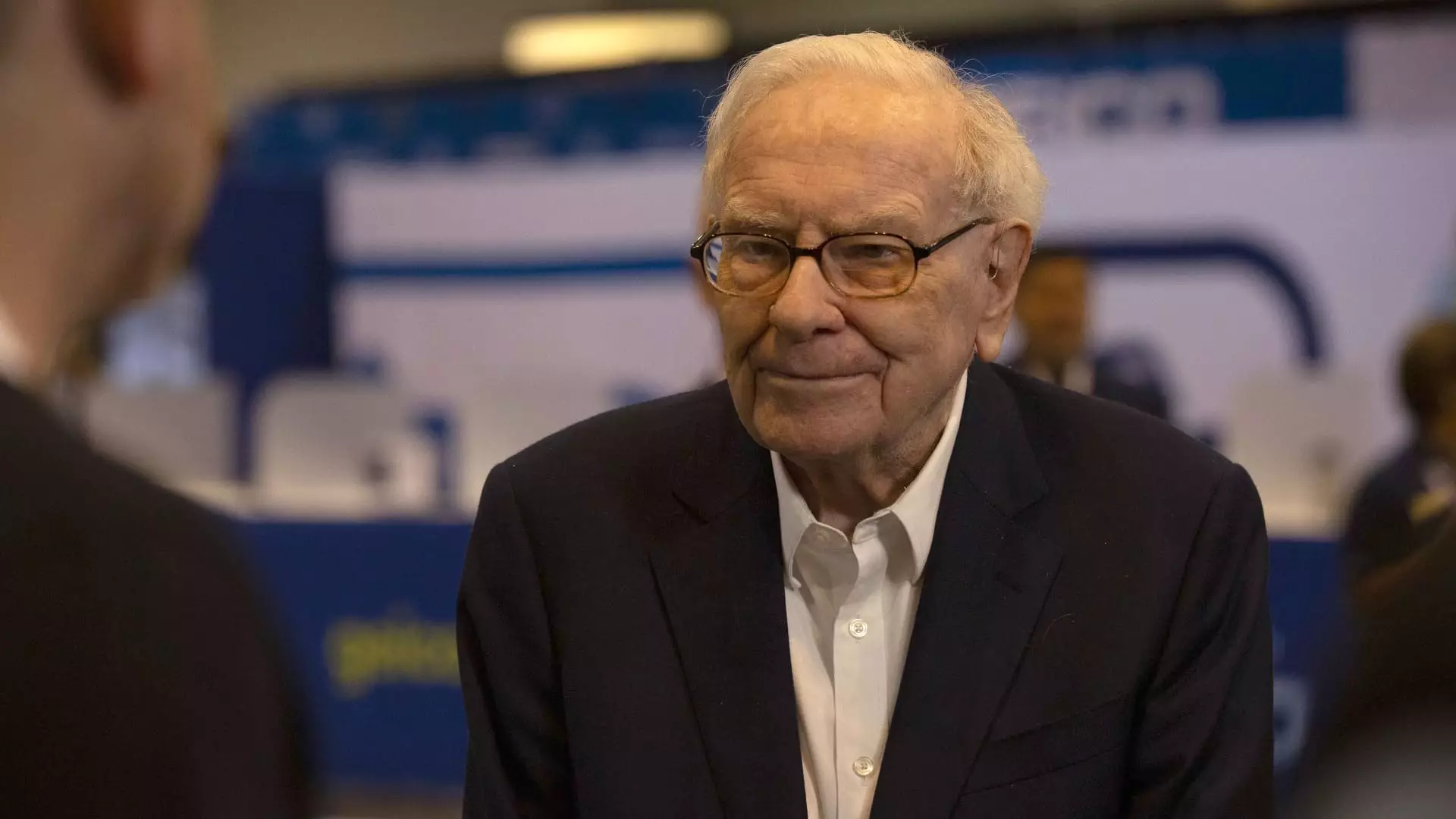Warren Buffett, the legendary investor and CEO of Berkshire Hathaway, has orchestrated a notable reduction in his company’s stake in Bank of America, which has now dipped below the significant 10% threshold. This drop was disclosed in a recent filing with the U.S. Securities and Exchange Commission (SEC), highlighting Buffett’s sale of over 9.5 million shares in a series of transactions made over a brief period. The latest adjustment brings Berkshire Hathaway’s holdings down to approximately 775 million shares, equating to a stake of around 9.987%. This maneuver is significant because it allows Berkshire to avoid the more stringent disclosure obligations that accompany ownership of over 10%.
Despite Berkshire’s sell-off, it is intriguing to note that shares of Bank of America have shown a slight increase of about 1% in the month preceding this announcement. This resilience can, in part, be attributed to the strategic decisions made by the bank itself, including share repurchases that may have soothed market nerves amid uncertainty. Even with Buffett’s reduction, Berkshire Hathaway maintains its position as the largest institutional investor in the bank, underscoring the ongoing influence and interest of Buffett in the financial sector, even as his commitment appears to wane.
To understand the implications of this shift, one must consider Buffett’s long-standing relationship with Bank of America. The ownership history is steeped in a larger narrative; following the 2008 financial crisis, Buffett invested $5 billion in preferred stock and warrants in the bank to help restore market confidence. This strategic move not only supported Bank of America during turbulent times but also positioned Berkshire Hathaway as a crucial player in its recovery. Upon converting the warrants into common stock, Buffett further solidified his stake in the corporation and made significant additions to his holdings in subsequent years.
However, Buffett’s recent actions also mirror a broader trend wherein he has divested from numerous long-established banking interests, including major players like JPMorgan and Wells Fargo. These sales signal a strategic recalibration that suggests Buffett may be becoming increasingly cautious about the banking sector’s stability.
Buffett’s skepticism of the banking landscape is further underscored by his reflections on the implications of the recent banking crisis in 2023. His remarks highlight a palpable concern regarding the stability of deposits, suggesting that past crises, including the one in 2008, have altered public confidence in the banking system. In this new climate, where digitalization and fintech innovations have dramatically changed how finance operates, basic banking tenets are being challenged. Buffett’s wariness about the stickiness of deposits indicates an acknowledgment that the inherent risks in banking are evolving, necessitating a more cautious approach moving forward.
While Buffett’s divestiture from Bank of America may appear as a simple reduction of holdings, it reflects a much more complex sentiment regarding the current state of the banking industry. His actions and statements suggest a cautious reevaluation of risk in the face of a rapidly changing financial landscape, prompting both investors and analysts to reconsider the broader implications of his strategic choices.

